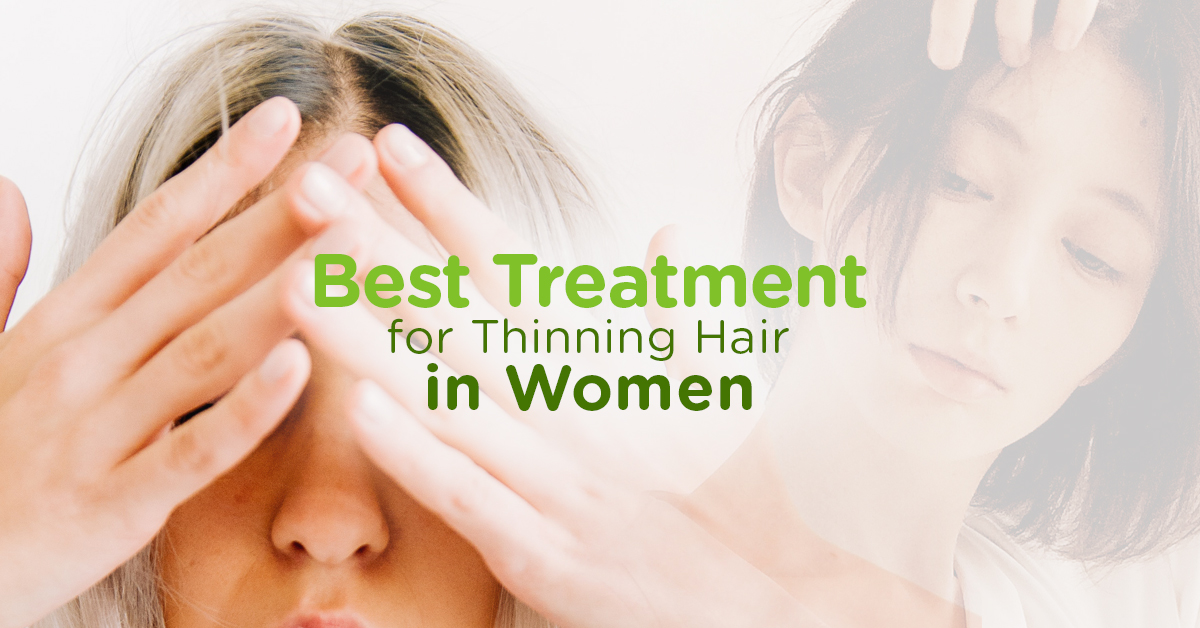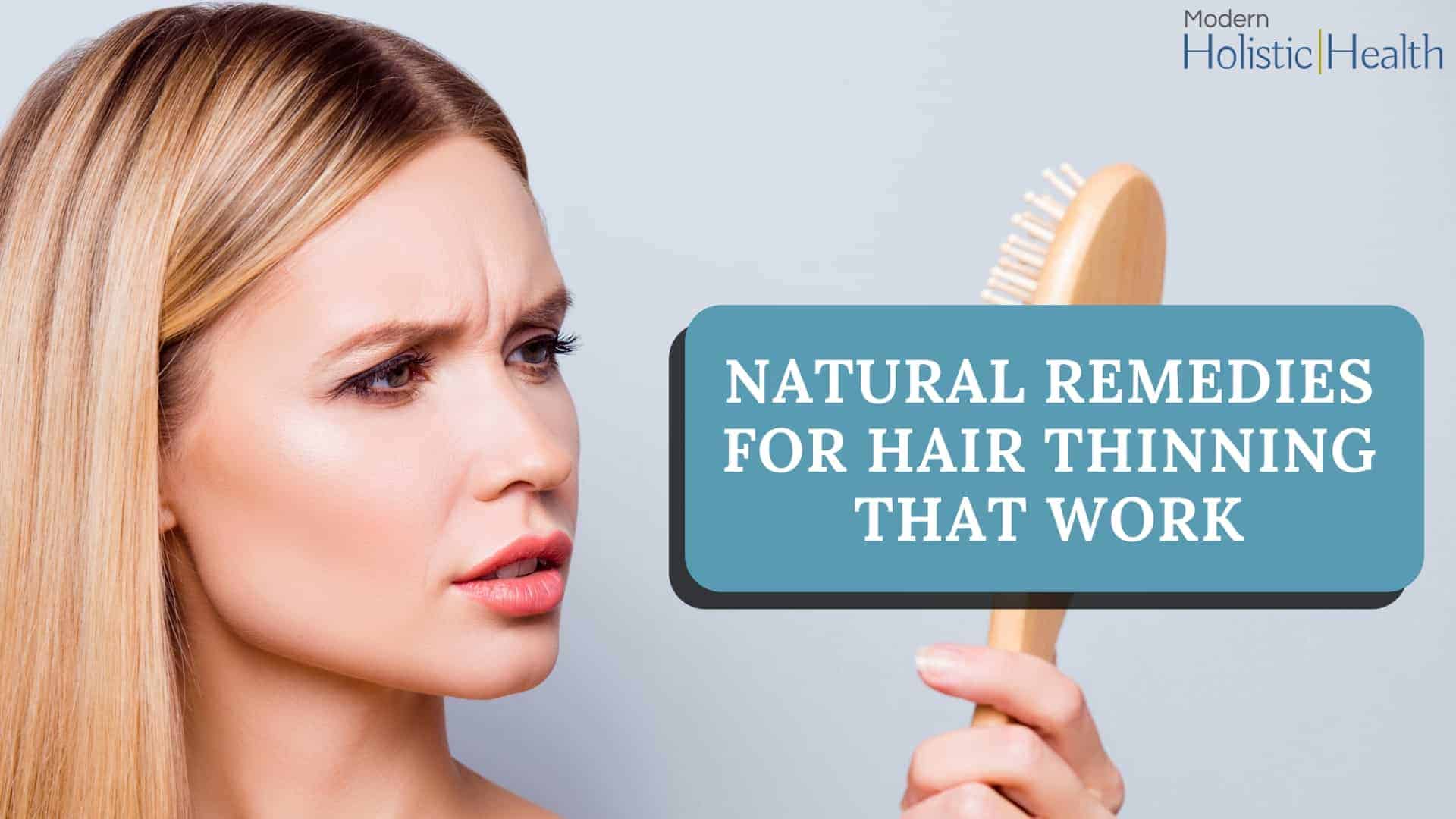Table Of Content

Sims notes that this is "basically enough to cover the area but not saturate it." Then, she suggests gently massaging it in. "I also tell clients to add rosemary oil to both their shampoo and conditioner," she explains. Sims notes that this is "basically enough to cover the area but not saturate it." then, she suggests gently massaging it in.
Treating Hair Loss: Lasers
Managing any underlying health conditions improves hair loss. And early treatment of alopecia may reduce the speed of thinning and promote regrowth. A healthcare provider can tell you more about what to expect in your situation. If you notice increased hair loss, you’ll want to make an appointment with a dermatologist or other healthcare professional.
Hair Loss Trigger: Alopecia Areata
You can also find hair growth serums that contain active ingredients that have been FDA-approved to promote hair growth, like minoxidil. Platelet-rich plasma (PRP) is showing promise in the hair regrowth department, too. Hormonal fluctuations during menopause, pregnancy, or conditions like polycystic ovary syndrome (PCOS) can also contribute to hair thinning. It ranges from normal hair density to a bald crown, which is rare. The scale helps document female pattern baldness, a condition your doctor might call androgenic alopecia. You probably know it as male pattern baldness, but it affects about 30 million American women.
Caregiving crisis
“Patients get a little tired and think it’s old age, but they have mild iron storage anemia.” Eating low-fat red meat alleviates this iron shortage. While research supporting the benefits of acupuncture remains limited, acupuncture is considered a fairly safe treatment when performed by a trained and licensed acupuncturist. Your doctor can order blood tests to check your iron and zinc levels and recommend the right dose of supplement for your deficiency level. Interested in learning more about your treatment options? A typical hair transplant involves removing patches of hair from your head and reinserting the hair follicle by follicle into the bald sections. Doctors prescribe this drug for males and females between puberty and menopause who have not seen an improvement after using minoxidil.
You can soothe any tender areas by applying a topical corticosteroid lotion or ointment to your scalp, which acts as an anti-inflammatory, Dr. Lo Sicco says. Hydrocortisone 1% is available over-the-counter—anything stronger requires a prescription. For symptoms of extreme inflammation, including stinging and acne-like bumps around the base of the hair, it’s a good idea to see a dermatologist.
Myth or fact: Coffee may be a reason behind hair loss in women - The Indian Express
Myth or fact: Coffee may be a reason behind hair loss in women.
Posted: Wed, 24 Apr 2024 05:00:10 GMT [source]
However, you should avoid taking any extra vitamins if you’re already getting the nutrients you need. There isn’t any evidence that doing so will reverse thinning hair, and getting too much of certain nutrients may actually do more harm than good. Another great cut hair stylists recommend for women with fine, straight hair is a blunt cut. Layers make hair lighter, but they can also contribute to the appearance of thinness.

As a starting point, hair loss experts suggest you get tested for thyroid problems and hormone imbalances. Female pattern baldness (androgenetic alopecia) is the most common cause of hair loss in women, but there are many other potential causes. Baldness typically refers to excessive hair loss from your scalp. Hereditary hair loss with age is the most common cause of baldness. Some people prefer to let their hair loss run its course untreated and unhidden.
“About two years ago, the FDA issued a warning that mega doses of biotin can alter many of your lab results, including your thyroid function tasks and cardiac enzymes,” says Dr. Lenzy. “Lupus of the scalp is another form of scarring alopecia that’s autoimmune,” says Dr. Lenzy. “It’s common, especially in women of color.” It shows up as red, scaly, thick lesions that don’t usually hurt or itch. Otherwise known as Aldactone, spironolactone works to treat hair loss by acting on hormones.
Central centrifugal cicatricial alopecia (CCCA)
People who experience thinning hair due to nutrient deficiencies, stress, pregnancy, and other nongenetic reasons could experience regrowth. Researchers believe that cortisol, a stress hormone released by your adrenal glands, may disrupt your hair growth cycle. Lavender oil has been used with success by some people with pattern baldness. It’s also backed by animal research from 2016, though human studies are needed to confirm its effects. Lavender is often combined with other oils, such as those made from rosemary and thyme. Next time you head to the salon, ask your stylist for one of these haircuts and watch your fine strands transform into volume.
In cases of non-scarring or temporary hair loss, the missing hair will eventually grow back. With scarring or permanent hair loss, permanent damage is done to the hair follicles so they won’t grow back. “With scarring hair loss, the goal is not for it to grow back, but to stop the progression,” says Dr. Lenzy. Below, are seven different kinds of alopecia —knowing which one you’re suffering from will help determine the proper treatment. That said, there are a number of possible medications and treatments for hair loss caused by female-pattern baldness and other alopecias. Female-pattern baldness typically starts with scalp hairs becoming progressively less dense.
Hair loss can also result from genetic factors, nutrient deficiencies, stress, and several health conditions. Treatment for thinning hair will depend on its cause, but may include medications, dietary changes, and more. Although it’s more common in men, hair loss regularly affects women and people of other genders.

After you wash your hair, blow dry it straight, and then use the round brush to style the blunt ends so that they face inward. They might also recommend water-misting or frequent trims to keep your cut fresh and healthy. If you use a curling iron to create the beach waves of your dream, make sure your hair is dry and apply a heat protectant before getting started. You can also use a flat iron to create a curled hair look. Choosing a flattering haircut for your fine hair is only step one of the process.
At the end of the day, remember you do have safe and effective options for treating hair loss, and treatment can make a big difference. The FDA hasn’t labeled spironolactone as a treatment for androgenic alopecia. It’s typically used to reduce swelling from liver disease and nephrotic syndrome (a kidney problem). It can also treat high blood pressure, heart failure, and hyperaldosteronism (excessive secretion of the hormone aldosterone). Minoxidil, also known as Rogaine, is approved by the Food and Drug Administration (FDA) for the treatment of alopecia areata or androgenic alopecia. Shampoos cannot prevent hair loss or bring hair back, but a moisturizing shampoo can help the hair retain moisture, making it look thicker and fuller.
If you decide to color-treat your tresses, it’s best to opt for a stylist to color your hair. A professional can help determine the safest dye to use for your hair type, and can provide tips on shampoos, conditioners and other hair products made specifically for color-treated hair. How frequently you wash your hair really depends on the type of hair you have. But regardless of your hair type, in general, washing too frequently can cause hair to become dry and brittle. “Don’t overdo shampoo, but you should wash your scalp at least twice per week,” Dr. Bergfeld advises.














